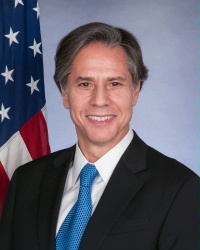
by Carl Franzen — venturebeat.com — Do you want to put an implant designed by Elon Musk’s company Neuralink — perhaps best known for killing 1,500 test animals — into your brain? Are you at least 22 years old and do you have quadriplegia (loss of function in four limbs) from a spinal cord injury, or amyotrophic lateral sclerosis (ALS)?
Then you may qualify to participate in the first-ever volunteer human trials of Neuralink’s first brain-computer interface, which has begun recruitment for participants, as the company announced on its website today. “The PRIME Study (short for Precise Robotically Implanted Brain-Computer Interface) – a groundbreaking investigational medical device trial for our fully-implantable, wireless brain-computer interface (BCI) – aims to evaluate the safety of our implant (N1) and surgical robot (R1) and assess the initial functionality of our BCI for enabling people with paralysis to control external devices with their thoughts,” explains the blog post. The company has courted controversy for testing its implant on monkeys that allegedly resulted in their death (Musk has posted on his social network X, formerly Twitter, that the monkeys were terminally ill, anyway), but that apparently isn’t stopping it from moving forward to try the tech on humans, next, after receiving an exemption from the U.S. Food and Drug Administration in May.
What’s involved in the Neuralink implant human trials?









